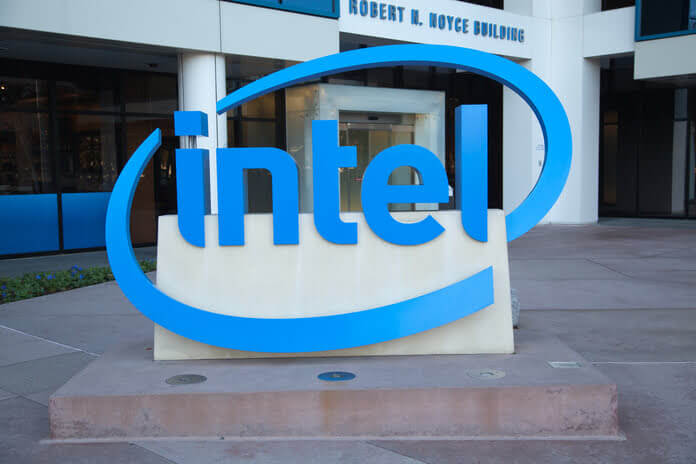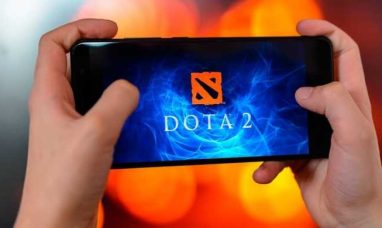The new CPUs (Intel stock) the business has developed could assist it in gaining headway on AMD. Still, investors need to keep the broader picture in mind.
The PHLX Semiconductor Sector index has fallen 41% this year, indicating that the semiconductor stock market has had a disastrous year. It shouldn’t come as a surprise that this is the case because plummeting stock prices result from a confluence of factors, including falling demand, increasing inflation, and hawkish behavior on the part of the Federal Reserve.
The chip giant Intel Corporation (NASDAQ:INTC) has been hit the worst by the sell-off, suffering a loss of value equal to half of what it was worth in 2022. This shouldn’t come as a surprise considering the many challenges the chipmaker is now contending with; these headwinds have dealt a devastating blow to the company’s top and bottom lines. Intel is having trouble on numerous fronts, including economic headwinds, falling market share, and problems with execution.
Intel, often known as “Chipzilla,” is exerting a lot of effort to reclaim its former glory by making aggressive pushes on the front of product development. To what extent would such actions be sufficient to breathe new life into the company? Let’s find out.
Intel aims for a turnaround by halting its share losses in significant areas such as personal computers (PC) and data center server processors. Intel is attempting to get its house in order by focusing on these large markets. The dismal performance of Intel in the second quarter of 2022 may be explained by the fact that the business has been steadily falling behind its competitor Advanced Micro Devices (AMD).
On a non-GAAP basis, Intel’s sales for the second quarter came in at $15.3 billion, representing a year-over-year decrease of 22%. The non-GAAP operating margin of the chipmaker fell to 9.2%, a decrease of a staggering 25.7 percentage points year-over-year. This was partly caused by a decrease in revenue within the business segment known as data center and artificial intelligence (DCAI). Still, it was also caused by the aggressive investments the company is making to improve its products. As a direct consequence, Intel’s adjusted earnings in the second quarter decreased to $0.29 per share, a decrease of 79% compared to the same period last year.
It is also important to note that the personal computer (PC) sector has been going through a hard patch this year, as sales have rapidly decreased due to sluggish demand. Intel’s difficulties are projected to persist in the short term as PC sales are predicted to drop 12.8% in 2022. That’s because Intel’s primary division, the client computing group (CCG), generates half of the company’s revenue. The segment’s second-quarter revenue of $7.7 billion was down 25% from the prior year.
The largest division of Intel (NASDAQ:INTC) will probably continue to feel the effects of the downturn in PC sales and the market share losses. However, with its most recent Raptor Lake chips, Intel is making every effort to prevent more ground from being lost to AMD. In addition to offering significant performance improvements over the previous Alder Lake CPUs, Intel’s new chips are also reasonably priced.
The Core i9-13900K, Intel’s newest flagship CPU, costs $589. The CPU has a maximum clock speed of 5.8 GHz, 24 cores, and 32 threads. AMD’s flagship Ryzen 7000 model, which costs $699 and has 16 cores and 32 threads, can only handle DDR5 memory. On the other hand, both DDR4 and DDR5 memory types are supported by Intel’s Raptor Lake CPUs.
Therefore, combining more reasonable prices and improved memory compatibility might increase Intel’s CPU sales and help its CCG business. Investors should also consider the difficulties Intel’s other business units face.
30% of Intel’s revenue in the second quarter came from DCAI, which saw a 16% year-over-year decline to $4.6 billion. Due to delays in introducing its new server CPUs, Sapphire Rapids, the company’s data center business has been hampered. Even more concerning is the fact that Intel (NASDAQ:INTC) doesn’t anticipate beginning to reclaim server market share until 2025.
Should You Purchase Intel stock (NASDAQ:INTC)?
Intel stock is valued at an absurdly low level, given the sharp decreases in revenue and profitability. Only six is the stock’s trailing price-to-earnings ratio. But Intel doesn’t look like a value play at this cheap multiple since a turnaround in the company’s fortunes still seems a few years away.
Intel predicts that in 2023, its sales will grow by mid-to-high single digits. The business anticipates yearly sales growth of 10% to 12% starting in 2026. The chipmaker also sees its gross margin between 54% and 58% from 2025 onward, compared to a range of 51% to 53% from 2022 to 2024. Analysts, however, estimate that Intel’s earnings won’t be increasing for the next five years, which looks like a possibility considering the tall order it faces to turn its business around.
All this indicates that Intel stock is a falling knife that investors may want to avoid until there are concrete signs of a turnaround in this semiconductor company’s fortunes.
Featured Image: Megapixl © Dragan56















